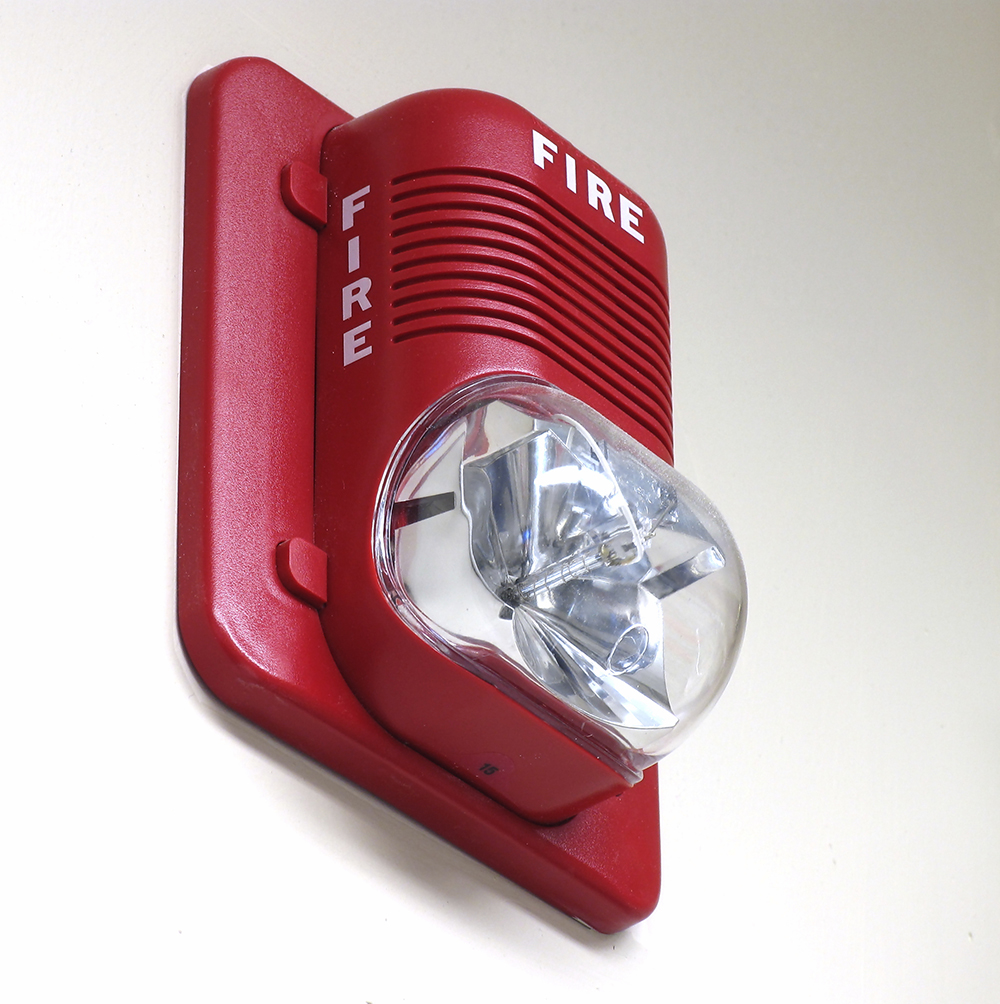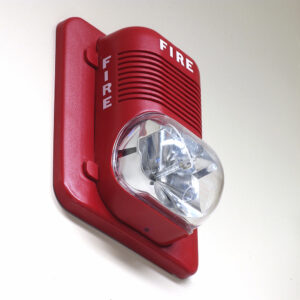How Commercial Facilities Can Minimize the Risk of False Fire Alarms
False fire alarms are not just a nuisance; they can cause significant disruptions, financial losses, and even compromise safety. For commercial facilities, minimizing the risk of false fire alarms is quite important. By employing a combination of simple practices and... Read More The post How Commercial Facilities Can Minimize the Risk of False Fire Alarms appeared first on Fireline.


How can commercial facilities minimize false fire alarms? There are more ways than you might think!
False fire alarms are not just a nuisance; they can cause significant disruptions, financial losses, and even compromise safety. For commercial facilities, minimizing the risk of false fire alarms is quite important. By employing a combination of simple practices and advanced systems, businesses can significantly reduce the occurrence of false alarms, ensuring that real emergencies are promptly addressed.
Understanding the Causes of False Fire Alarms
Before diving into the solutions, it’s important to understand the common causes of false fire alarms in commercial facilities:
- Cooking Fumes and Smoke: In facilities with kitchens, such as restaurants or cafeterias, cooking fumes, and smoke are common triggers.
- Dust and Dirt: Dust accumulation on smoke detectors can interfere with their function, leading to false alarms.
- Aerosols and Chemicals: Cleaning products, aerosols, and other chemicals can set off smoke detectors.
- Steam and Humidity: High humidity and steam, often from bathrooms or industrial processes, can mimic the effects of smoke.
- Electrical Issues: Faulty wiring or power surges can cause false alarms.
- Malfunctioning Equipment: Aging or poorly maintained fire alarm systems are prone to malfunctions.
Simple Tips to Prevent False Fire Alarms
- Regular Maintenance: Schedule regular inspections and maintenance of fire alarm systems to ensure they are in proper working order. This includes cleaning detectors, checking batteries, and testing the system.
- Proper Placement of Detectors: Place smoke detectors away from kitchens, bathrooms, and other areas where smoke, steam, or fumes are common. Use heat detectors instead of smoke detectors in these areas to reduce false alarms.
- Employee Training: Educate employees on the common causes of false alarms and how to avoid them. Training should include proper use of equipment that generates smoke, steam, or aerosols.
- Use of Protective Covers: Install protective covers over smoke detectors in areas prone to dust or physical damage, such as construction zones or warehouses. These covers can prevent dust buildup and accidental triggering.
- Ventilation and Extraction: Improve ventilation in areas prone to steam or fumes. Ensure that kitchen exhaust fans and bathroom vents are functioning properly to dissipate smoke and steam.
- Careful Use of Aerosols: Instruct cleaning staff to avoid using aerosols near smoke detectors. Where possible, switch to cleaning products that do not produce fumes.
Advanced Systems and Technologies
- Multi-Sensor Detectors: Invest in multi-sensor detectors that use a combination of smoke, heat, and carbon monoxide detection. These detectors are more accurate and less likely to trigger false alarms.
- Aspirating Smoke Detection (ASD): ASD systems continuously sample air for smoke particles. They are highly sensitive and can differentiate between real smoke and other particles, reducing false alarms.
- Smart Fire Alarm Systems: Utilize smart fire alarm systems that integrate with building management systems. These systems can analyze data from various sensors to distinguish between false alarms and real emergencies.
- Alarm Verification: Implement alarm verification protocols that require a secondary signal or human confirmation before triggering a full alarm. This can include video verification or a check by on-site security personnel.
- Wireless Fire Alarm Systems: Wireless systems are easier to install and maintain, reducing the likelihood of wiring issues that can cause false alarms. They are also more flexible and can be easily reconfigured as building layouts change.
- Regular System Upgrades: Keep fire alarm systems up to date with the latest technology. Older systems are more prone to malfunctions, so regular upgrades can significantly reduce false alarms.
Fire Protection Services from Fireline
Whether you need smoke detectors, fire extinguishers, or an automatic sprinkler system installed at your commercial property, Fireline has you covered. We have been protecting people and property from fire damage since 1947—and our experience shows in our excellent work! We are known for our superb customer service, our expertise, and our reliability. For more information on how we can help your residential or commercial property, visit us online or give us a call at (800) 553-3405. We are in Baltimore, MD, with a second office in Leesburg, VA. For more fire safety tips, be sure to follow us on Facebook, Twitter, and LinkedIn.
The post How Commercial Facilities Can Minimize the Risk of False Fire Alarms appeared first on Fireline.


 oustfire
oustfire 






